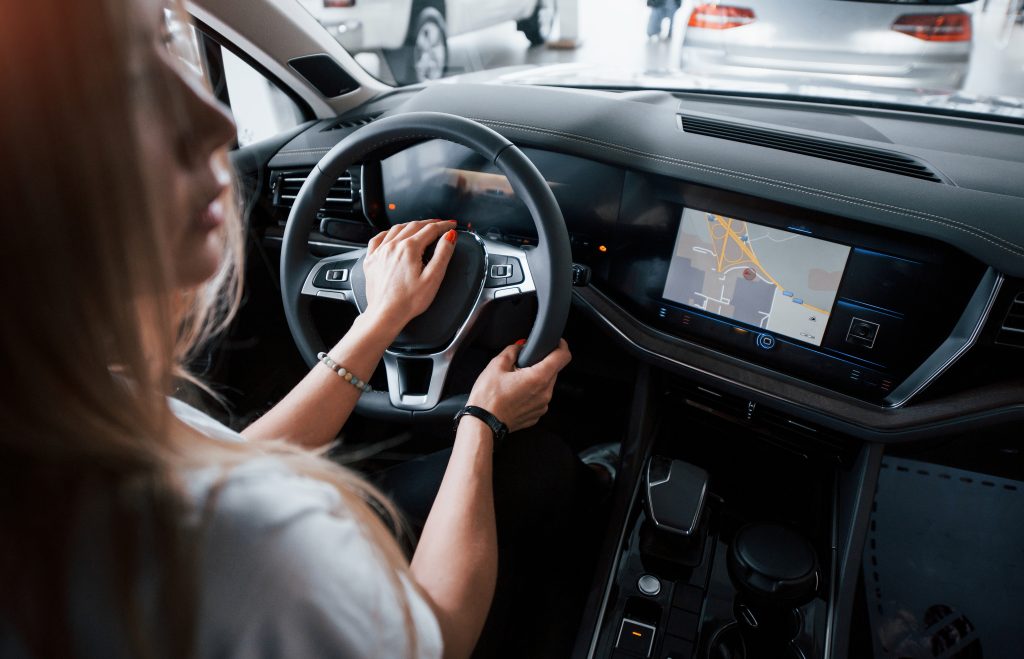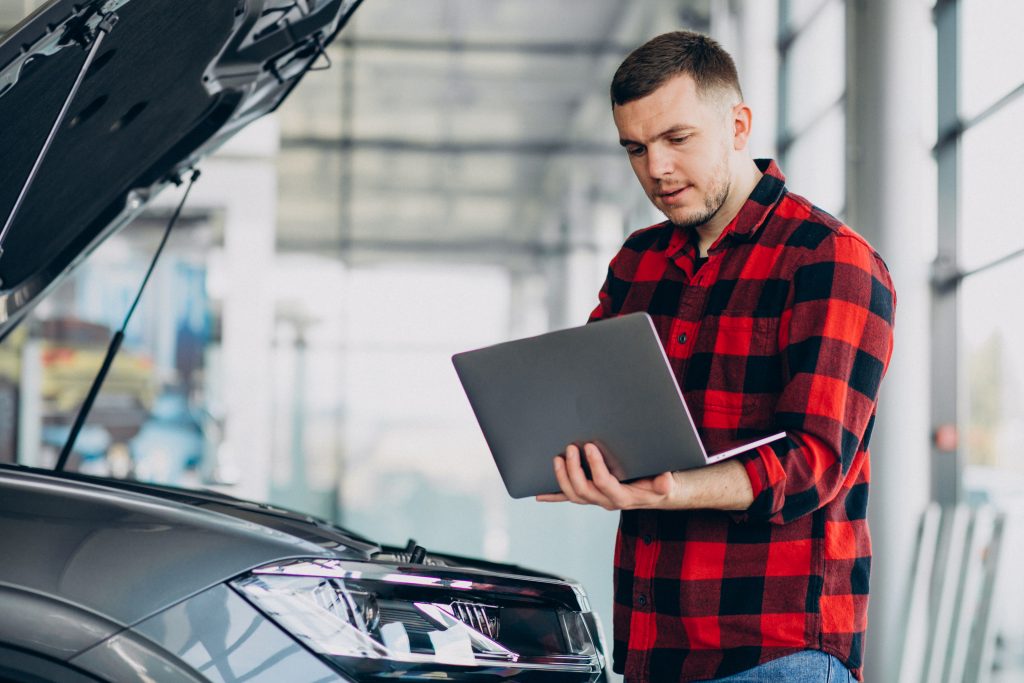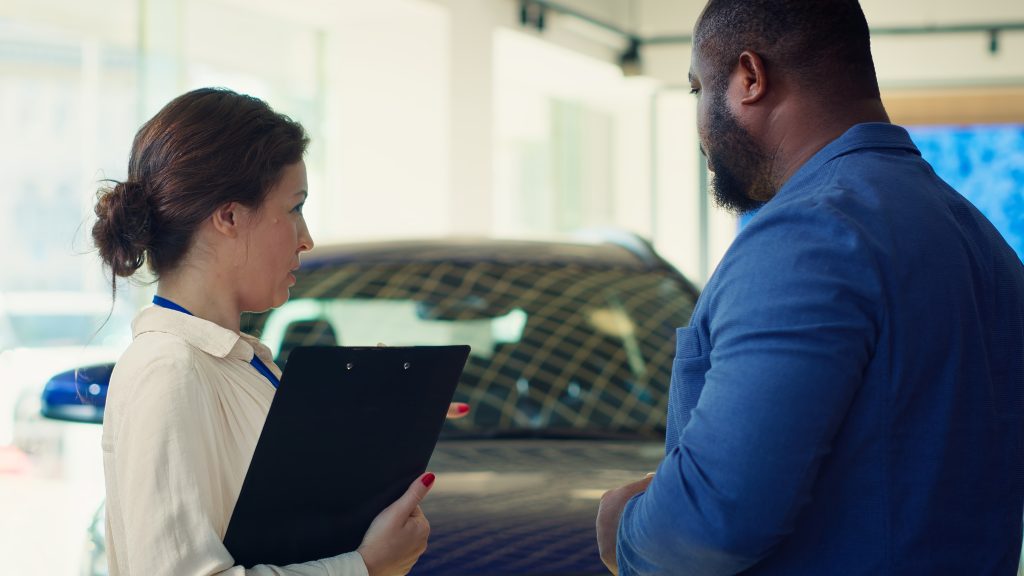1. The era of connected vehicles
Imagine getting into your car and it recognizes your face, adjusts the seat according to your last trip, mirrors your Google calendar, activates the air conditioning, and automatically suggests the most efficient route.
Sound like fiction? It’s closer to reality than you think.
According to data from Statista, in 2023 there were over 237 million connected cars in the world, with a projection of 400 million by 2026. Brazil is following this trend, with consumers increasingly interested in multimedia centers with Android Auto, Apple CarPlay, Bluetooth, Wi-Fi, and voice commands.
These features not only make daily routines easier but also add value to the vehicle in the resale market.
Source: https://www.statista.com/statistics/1226036/connected-cars-in-use-worldwide/
2. The impact of multimedia centers

Multimedia centers have become the new control panel of the car.
Besides entertainment, they offer smart navigation, smartphone integration, app access, vehicle settings, and even diagnostics.
A study by ABAA (Brazilian Automotive Accessories Association) shows that 63% of consumers consider this item one of the most valued when customizing their car. The demand for high-resolution screens, faster Android systems, and wireless connectivity has skyrocketed in recent years.
Brands like JR8 have been standing out by offering state-of-the-art solutions, such as centers with QLED screens, integrated DSP, and Octa-Core processors, which combine design, performance, and practicality.
3. Security and sensors: the silent revolution
More connectivity also means more safety.
Rear-view cameras, parking sensors, blind-spot monitoring, braking assistants, and 360º vision systems are now a reality in mid-range and entry-level models.
Products like the R8 Protect line raise the standard of protection with high-precision sensors and cameras featuring AHD technology, night vision, and IP68 resistance. These features help drivers maneuver more safely and reduce collision risks, in addition to being crucial in urban situations and on narrow roads.
4. The car as an extension of lifestyle
Connectivity has brought about another phenomenon: the fusion of the car and lifestyle.
Today, the automobile is an extension of one’s personality — and it all starts with the onboard experience. The sound, interior lighting, app controls, and dashboard finish—everything communicates who you are.
In this context, brands like Nakamichi, with its Japanese tradition in premium car audio, have gained ground among those who refuse to compromise on sound quality, sophisticated design, and total immersion. The car’s sound system has become part of the emotional experience of the journey, whether alone or with friends.

5. Future trends: AI, autonomous cars, and 5G
The future is already being tested.
With the arrival of 5G, it is expected that cars will be able to communicate with each other, with traffic lights, and with the city in real time. This will allow, for example, predicting accidents, avoiding traffic jams, and improving energy efficiency.
Furthermore, assistants with artificial intelligence integrated into the sound system or dashboard (like ChatGPT in Mercedes-Benz vehicles) are already starting to reach the market. The driver talks to the car, schedules tasks, listens to route suggestions, recipes, and even gets help to solve mechanical failures.
The car is becoming an intelligent and responsive environment, and companies in the automotive sector need to adapt to this new demand.
6. Personalization as a competitive differentiator
In a market saturated with products, personalization is the new standard.
The consumer wants custom solutions, compatible with their vehicle model and lifestyle. This includes everything from adapted multimedia centers to interior lighting, vehicle wraps, quality sound, and integrated sensors.
M7, a partner brand of the JR8 Group, offers precisely this differentiator: providing accessible, functional, and reliable products with easy installation and modern design. A complete portfolio for those looking to customize with security and technical support.

7. The role of brands and the automotive community
The growth of automotive connectivity has also strengthened digital communities and collective experiences. Brands like JR8 don’t just sell products; they have built ecosystems of support, content, and relationships with installers, resellers, and consumers.
Fairs like the Interlagos Festival, in which the JR8 Group participated in 2025, are a living example of this: customers getting to know the products up close, participating in activations, giveaways, and test drives.
The connection goes beyond the product; it’s with the purpose.
https://festivaldeinterlagos.com.br/
Conclusion
The era of connectivity on wheels is just beginning.
And those who follow this transformation know: it’s not enough to have a modern car; it needs to connect with your routine, your style, and your needs.
Brands like JR8, Nakamichi, M7, and R8 Protect are at the forefront of this revolution, showing that technology, personalization, and performance can (and should) go hand in hand.
If you are looking for automotive innovation with trust, quality, and real support, the future has already begun.

